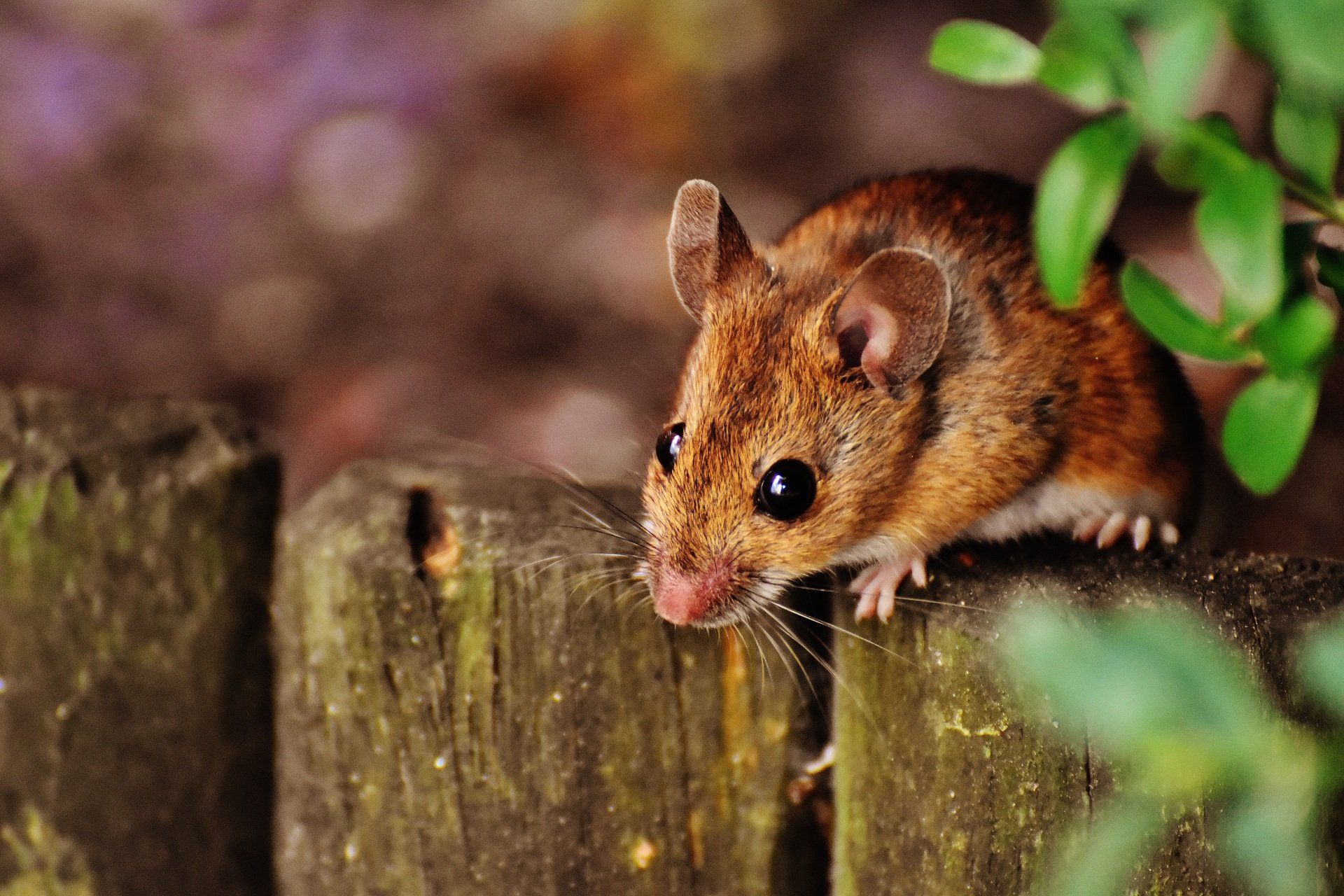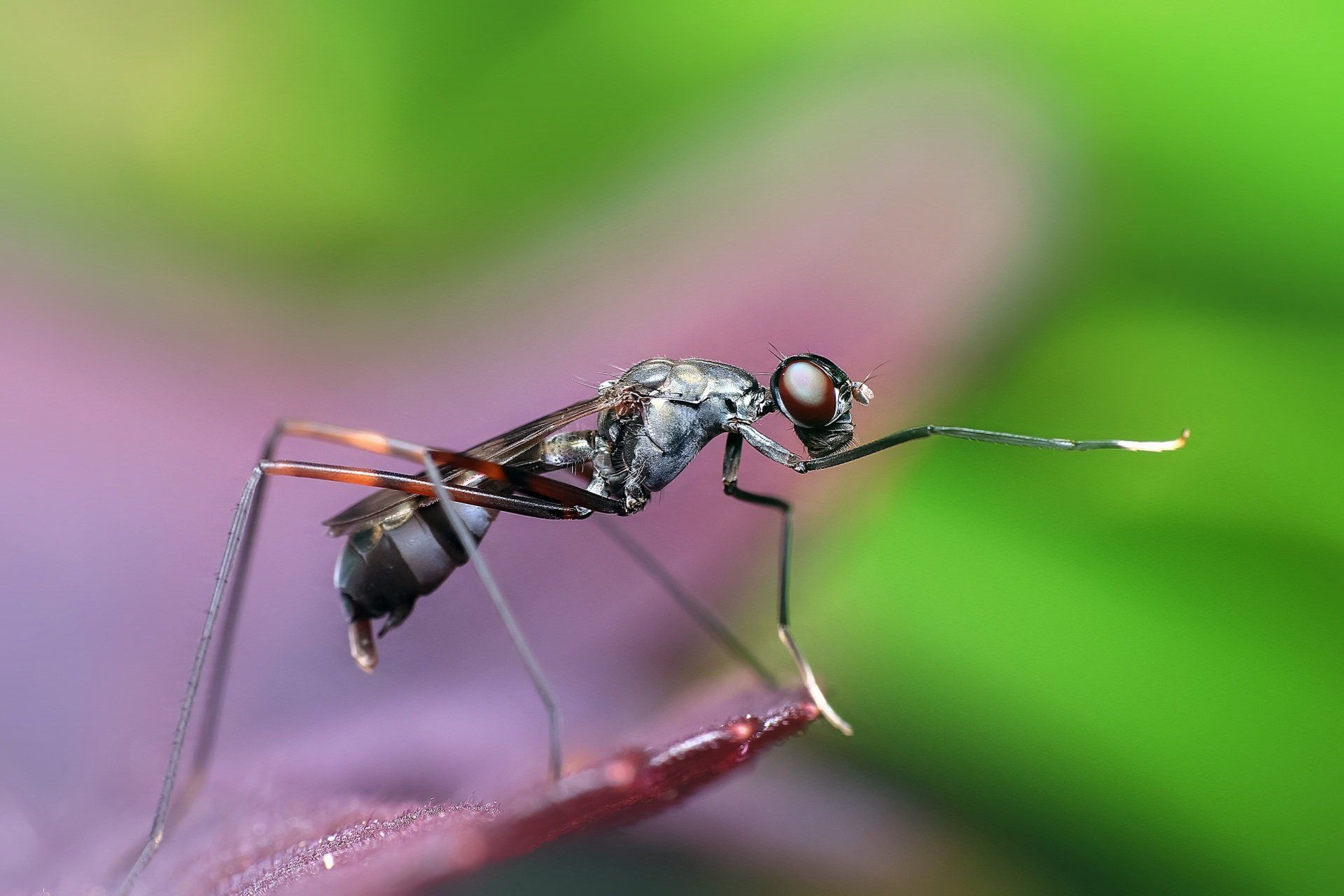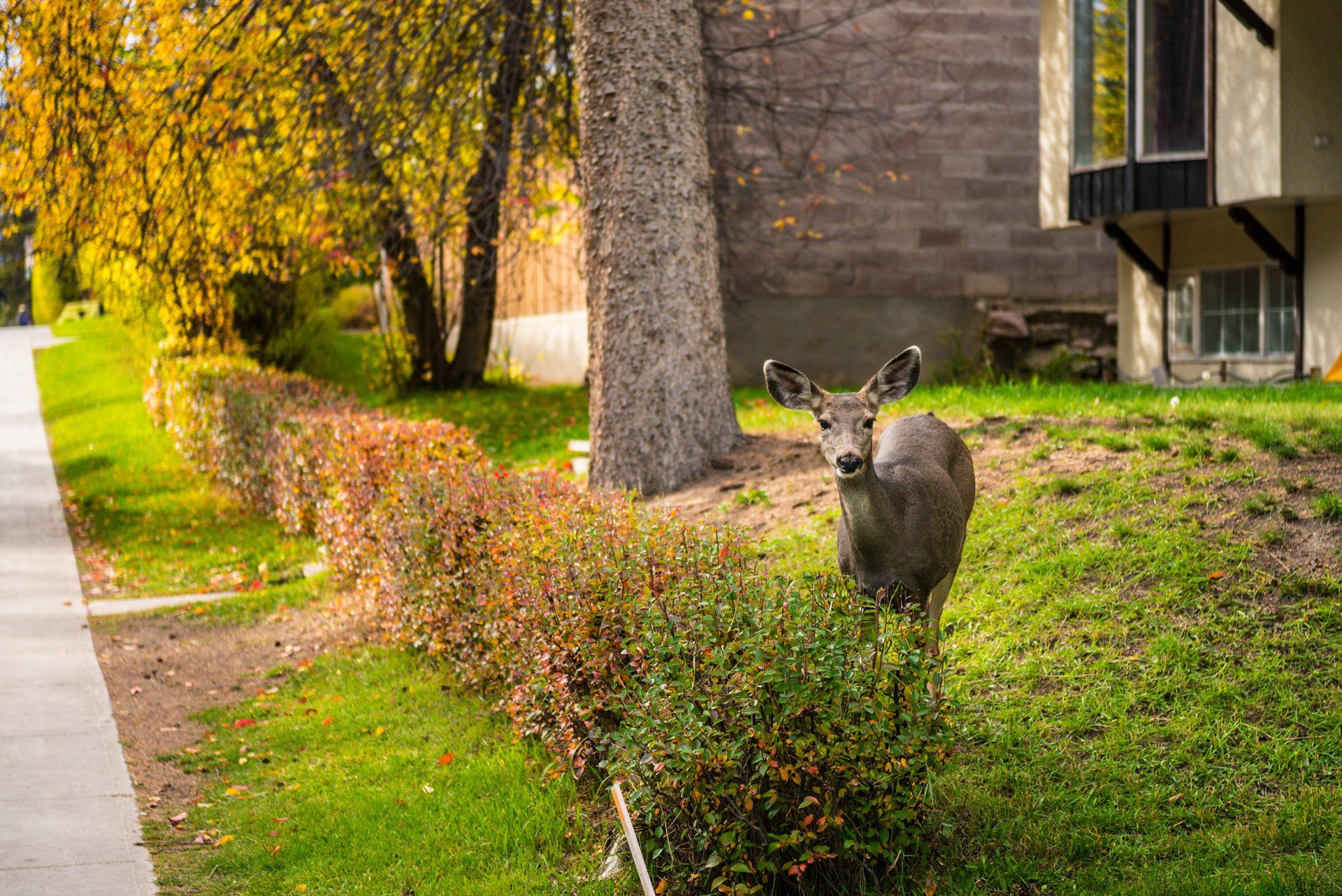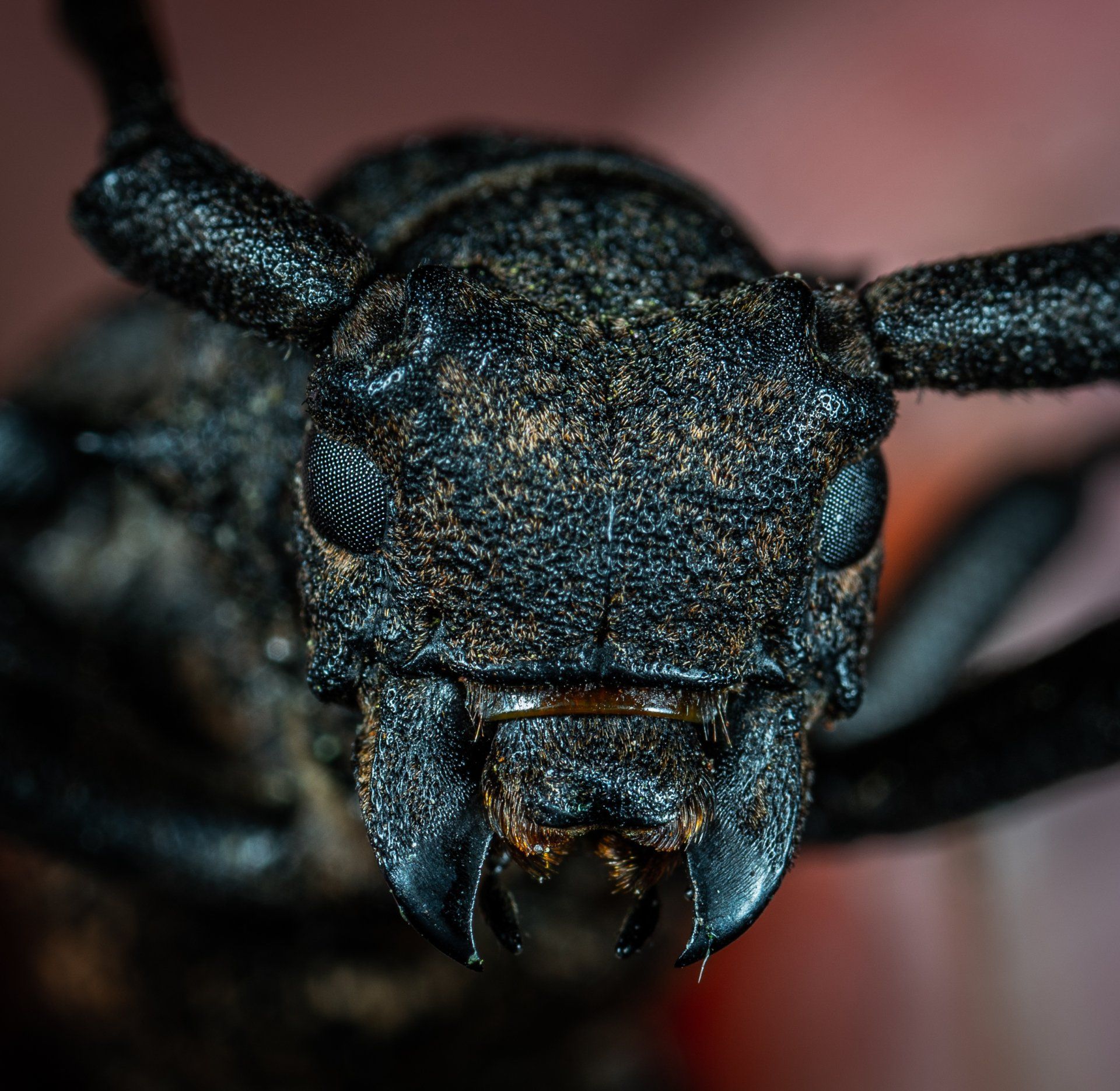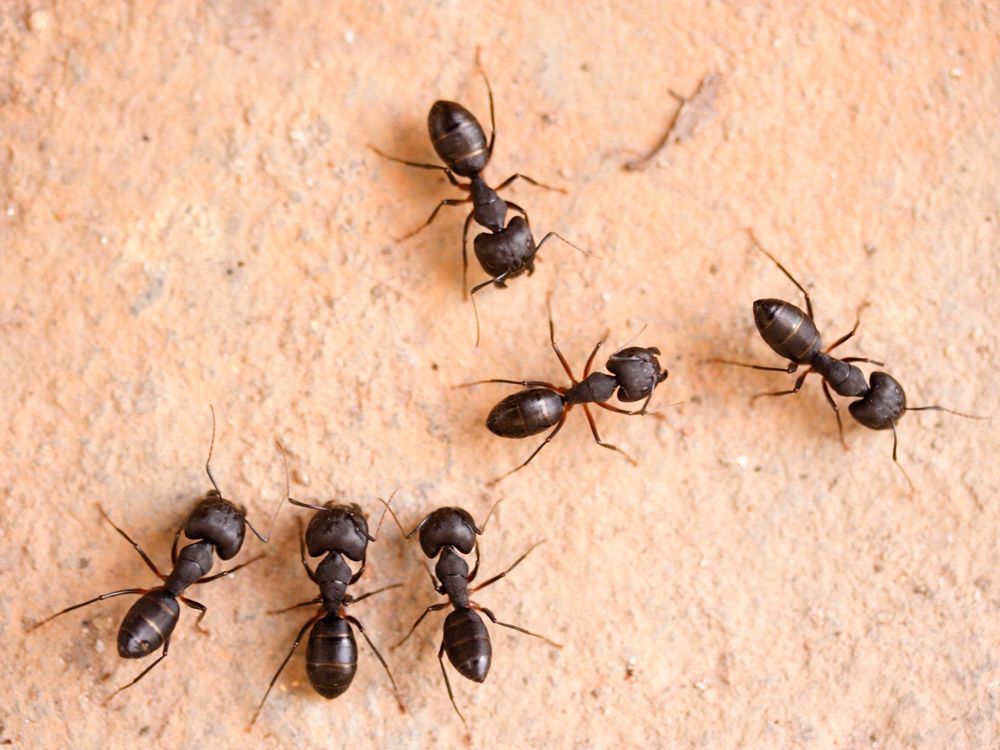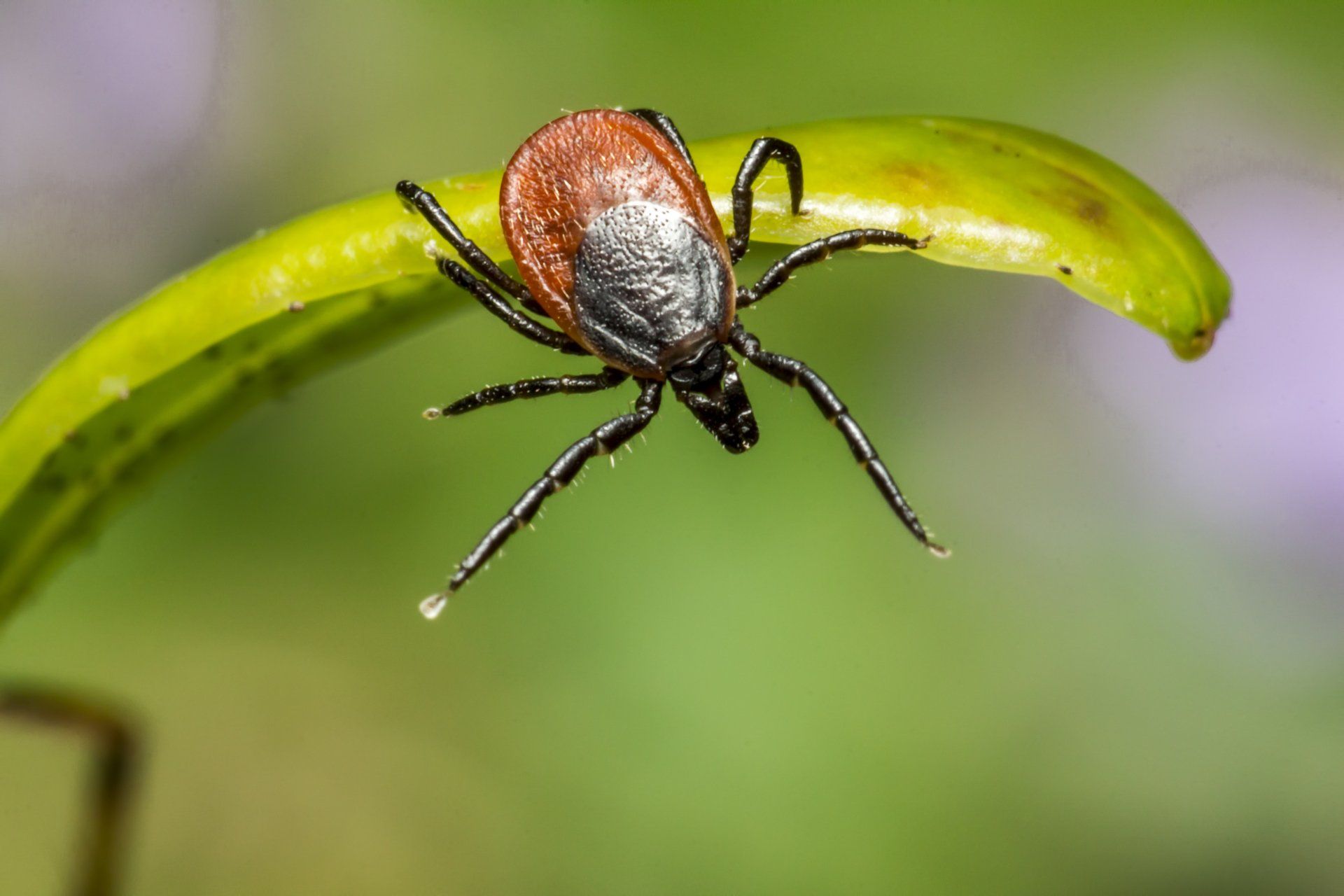Termite Damage: What to Look For
Know the signs of termite damage.
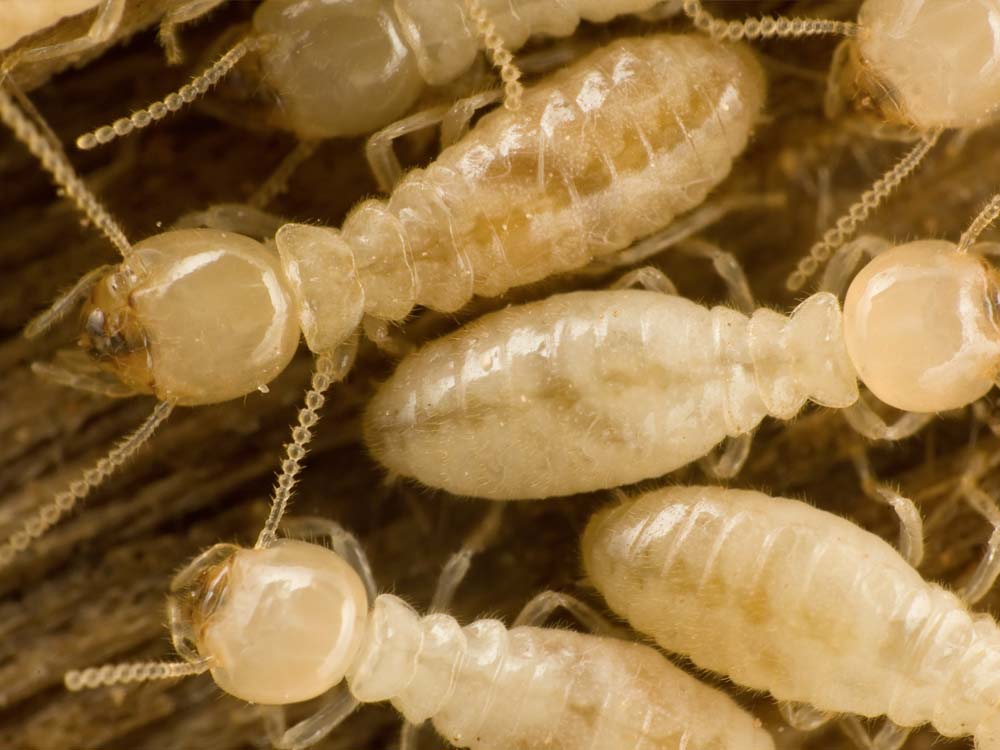
It’s reported that homeowners pay a total of $5 billion annually in termite repair and prevention. These pests can destroy the wood in or around your home and lead to costly repairs.
However, there are signs of termite damage you can look for. If left untreated, termite damage can lead to swollen ceilings and floors, buckling wood, and damage to your attic’s insulation, affecting your energy bills. When in doubt, always contact a professional pest removal service to identify and correct the issue.
This article explains how to identify the signs of termites in your house, and why you need to call in the pros.
Identifying Termites
Winged reproductives occur in every species of ant. However, termites in particular lack individual body sections like traditional ants.
They have two main body sections: a straight, long waist and a head, whereas ants have three distinct body segments: a head, abdomen, and thorax. They also featured a pinched waist.
Most notably, termites have two sets of wings —four in total—which are equal in length. Other ant species have wing sections that are unequal in size. Termites also will drop their wings after mating and it is common to see many discarded wings found near a recent swarm.
These three characteristics distinguish termites from other common ant species and make them easier to identify.
Damage to Your Home’s Interior
The first termite signs you may notice are within your home. Termite wood damage occurs when they feed on your home’s wooden structures. You may find them tunneling through support beams or the timber holding up load-bearing walls.
You might notice your baseboards have honeycomb-shaped indentations, or notice bubbling in your paint. Ceilings may sink, originally appearing as water damage. However, this may be termite wood damage and needs to be evaluated immediately.
Any objects that contain cellulose —such as magazines, books, fabrics, and furniture— are susceptible to subterranean termite damage.
Termites also cause secondary damage, constructing openings that allow rainwater to enter your home. Water damage allows termites to cause even more damage to your home.
The majority of the time, this damage goes unnoticed. However, a trained professional can check your drywalls for signs of termites, as well as the surrounding areas.
Exterior Termite Damage
Subterranean termites use soil and wood to create a network of tunnels often called mud tubes. Termites may create shelter in these tubes in and around your home. These tubes might be the size of a pencil but can be as wide as your leg.
Inside these tubes, you’ll find termites nesting, along with their food source. Termites use these tubes for protection from predators and to keep moisture locked inside. You’ll commonly find these tubes near the foundation of your home.
Every so often, you may encounter an inactive mud tube. If you break a piece of the tube off and find it repaired within several days, then termites are still active and present within or near your home.
Termite Damage vs Wood Rot
Wood rot looks different from termite damage. It’s often stringy and spongy and breaks off in cubes or rigid patterns. You’ll notice the wood that has yet to decay breaks off into long shards.
Conversely, termite-damaged wood looks normal at first glance, with tunnels and galleries the pests chewed on the inside.
Get Rid of Termites Today
If you suspect termite damage, it’s best to call in a professional pest removal company before a small issue grows out of control. Termites can cost you thousands of dollars in costly home repairs, and the majority of home insurance companies refuse to cover termite damage and other pest damage.
Serene Property Services can help. We service Sparta, NJ, and the surrounding areas.
Contact us today for an estimate.
We will get back to you as soon as possible
Please try again later
About Us
Contact Info

